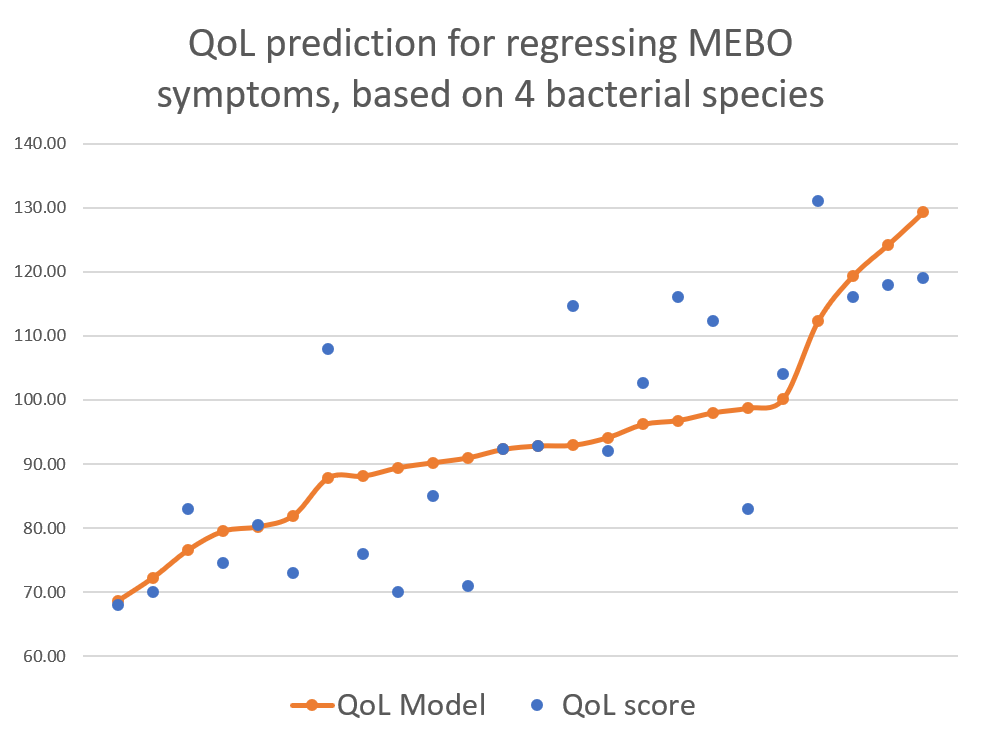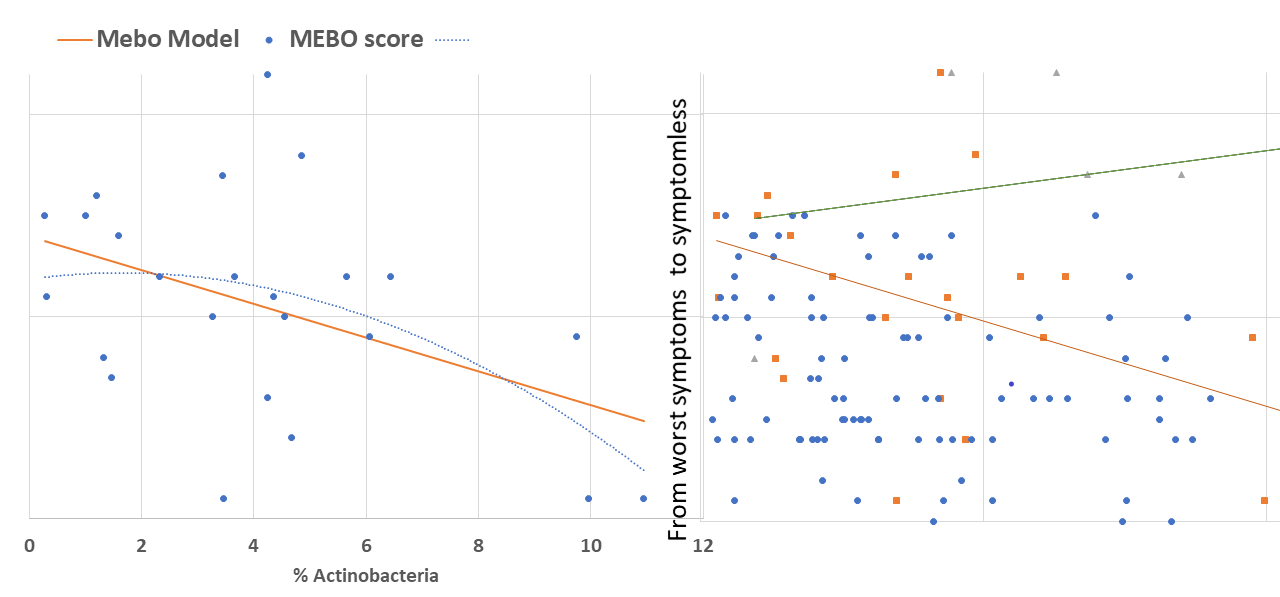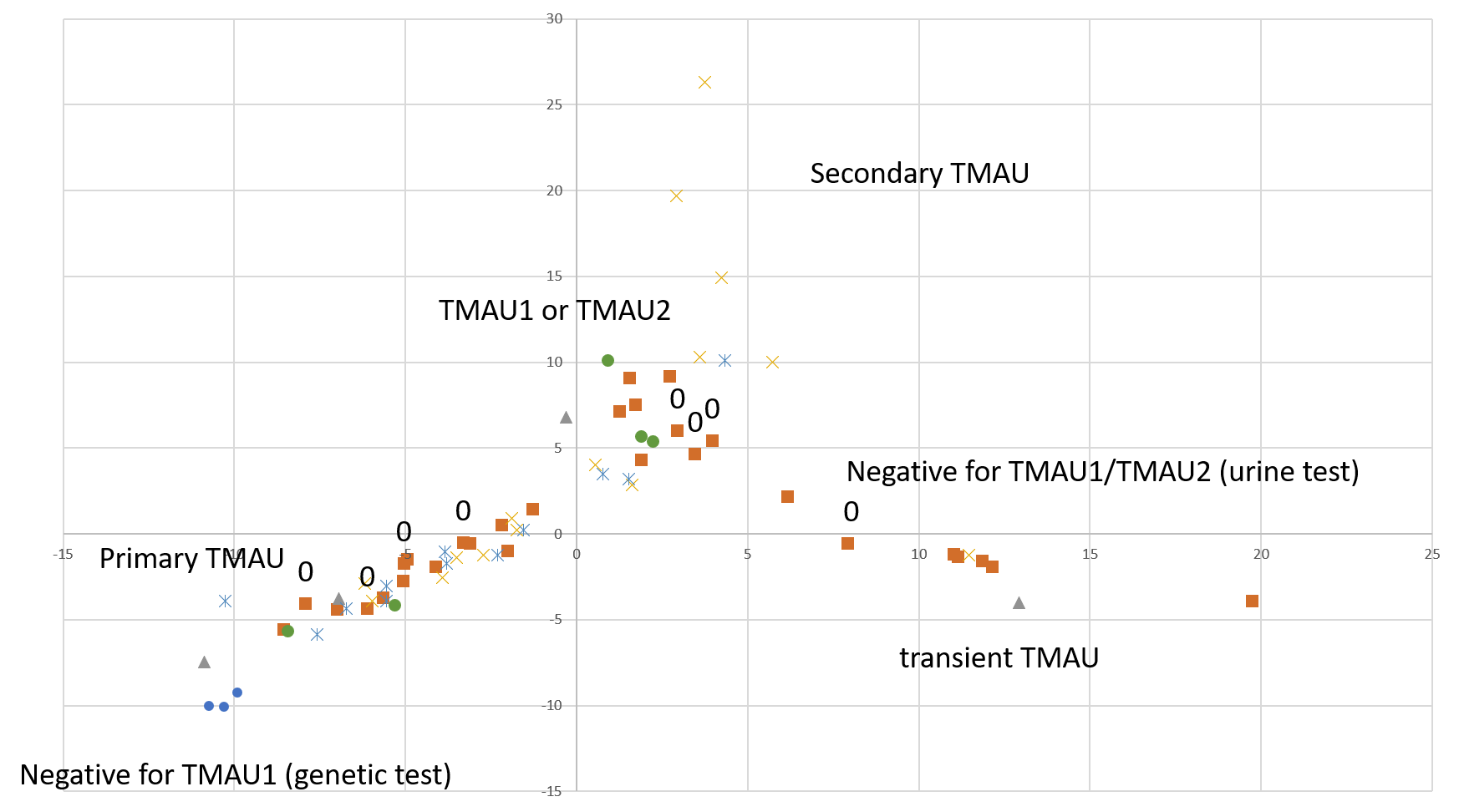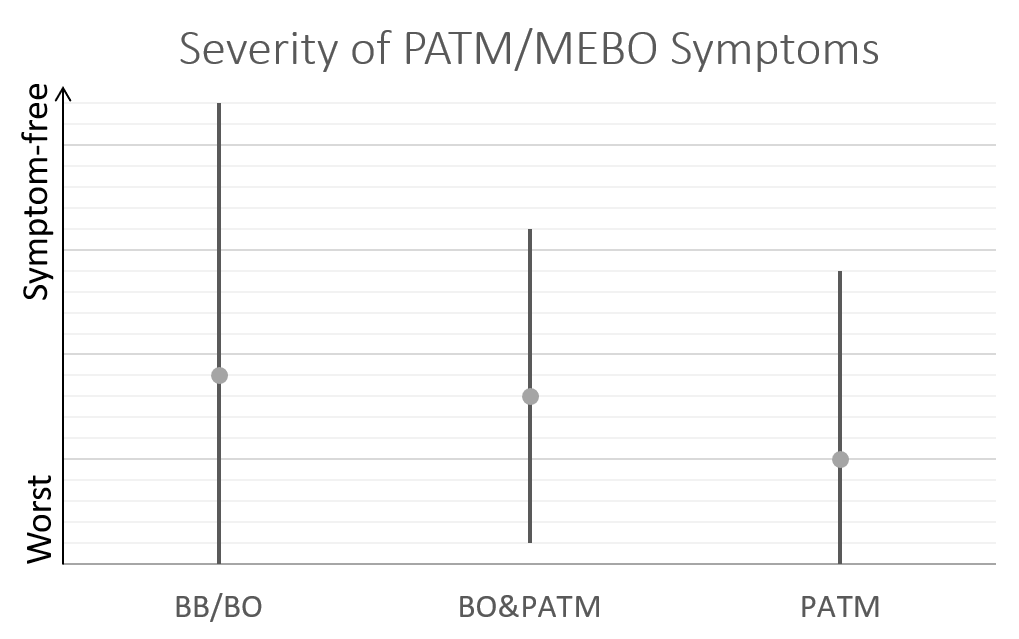Recent research paper highlights the potential of manure odor profiling as a non-invasive tool for monitoring stress and intestinal health in poultry flocks. Using advanced gas chromatography-mass spectrometry, scientists analyzed volatile compounds in manure from layer pullets undergoing routine vaccinations, such as Salmonella and viral/bacterial vaccine cocktails. These vaccinations served as model stressors.
Key findings include:
- Age Matters: Young and older pullets displayed distinct volatile profiles. Compounds like beta-camphor and (Z)-6-Tridecene were elevated in younger birds, while carbonyl sulfide and trimethylamine dominated in older ones.
- Vaccine Impact: The Salmonella vaccine elicited the most consistent changes in manure volatiles, particularly in younger birds, while the viral/bacterial cocktail caused more pronounced shifts in older birds.
- Consistency: Despite differences in age, housing, and vaccine type, reductions in certain volatile intensities (e.g., (Z)-6-Tridecene) were observed in three of four flocks post-vaccination.
This approach could pave the way for precision livestock farming, offering an objective means of monitoring flock-level responses to stressors and intestinal health challenges.
Interestingly, trimethylamine (TMA)—a volatile compound detected in older pullets—plays a significant role in both poultry manure profiling and human health. Recent research identified the bacterium JAGTTR01 sp018223385 as a key player in producing TMA from L-carnitine in the human gut. Elevated TMA levels, when metabolized into trimethylamine N-oxide (TMAO), are linked to cardiovascular risks.
The overlap underscores the broader potential of olfactory diagnostics in understanding microbial activity and health impacts across species. Whether in poultry farms or human health, volatile profiling reveals a fascinating connection between microbial metabolism, diet, and well-being.
REFERENCES
van Veen LA, van den Brand H, van den Oever ACM, Kemp B, Meisenburg M. Manure odor profiling for flock-level monitoring on commercial layer pullet farms: Vaccination events as a model stressor. Poult Sci. 2024 Dec 16;104(2):104681. doi: 10.1016/j.psj.2024.104681. Epub ahead of print. PMID: 39721281.
Wu WK, Lo YL, Chiu JY, Hsu CL, Lo IH, Panyod S, Liao YC, Chiu THT, Yang YT, Kuo HC, Zou HB, Chen YH, Chuang HL, Yen JJY, Wang JT, Chiu HM, Hsu CC, Kuo CH, Sheen LY, Kao HL, Wu MS. Gut microbes with the gbu genes determine TMAO production from L-carnitine intake and serve as a biomarker for precision nutrition. Gut Microbes. 2025 Dec;17(1):2446374. doi: 10.1080/19490976.2024.2446374. Epub 2024 Dec 26. PMID: 39722590.







